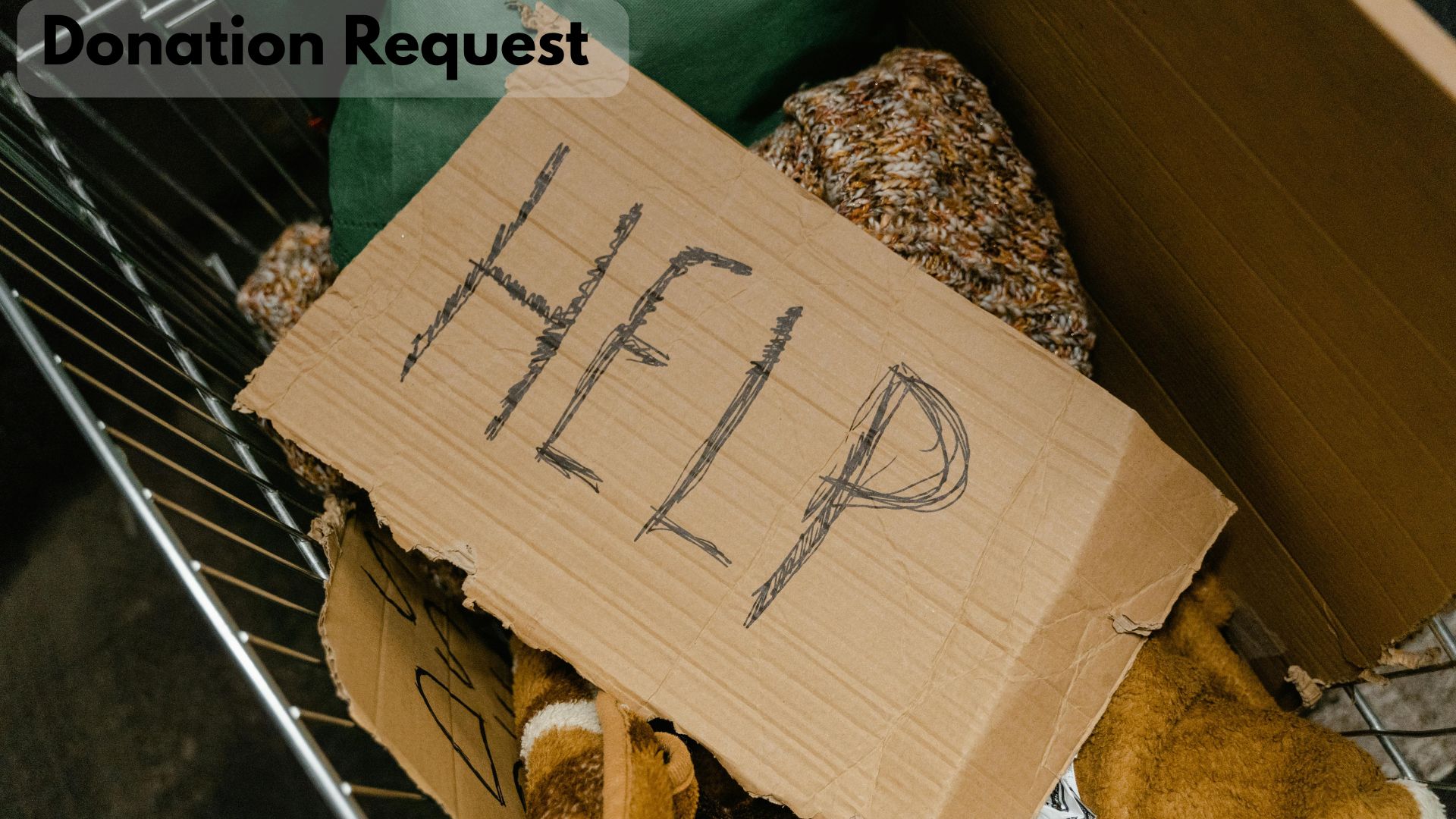How to Write an Effective Donation Request: A Comprehensive Guide
Introduction
Donation requests are essential tools for nonprofits, community groups, religious organizations, and even individuals looking to raise funds for a cause. Whether it’s a one-time appeal or a long-term fundraising campaign, the effectiveness of your donation request can significantly impact your results.
Crafting a powerful and persuasive donation request goes beyond simply asking for money. It involves storytelling, emotional connection, clarity of purpose, and a compelling call to action. In this guide, we’ll walk you through the strategies, components, and examples of impactful donation requests. We’ll also reference related articles on Vounesy.com and include useful external resources for deepening your understanding of donation outreach.
Why Donation Requests Matter
Donation requests are the bridge between intention and action. Many people are willing to give, but they need the right motivation and a clear reason to contribute. A well-written request can:
-
Build trust and transparency
-
Create emotional engagement with your audience
-
Provide clear reasons why support is needed
-
Outline how the donation will make an impact
-
Encourage repeat and long-term donors
Whether delivered via email, letter, website, or social media, donation requests play a vital role in sustaining philanthropic efforts.
Types of Donation Requests
Understanding the context and medium for your donation appeal helps you tailor the message effectively. Common types include:
-
Email donation requests: Widely used by nonprofits for monthly campaigns and event appeals.
-
Printed letters: Formal and suitable for high-net-worth individuals or corporate outreach.
-
Website donation pages: Serve as the central hub for online fundraising.
-
Social media donation campaigns: Quick and highly shareable for viral reach.
-
Event-based donation appeals: Used during charity runs, galas, and auctions.
Each type has its nuances, but the fundamental principles remain consistent.
Essential Elements of a Strong Donation Request
1. A Compelling Story
People give to people—not just institutions. Tell a story that humanizes the cause. It could be about an individual who benefited from your program or a specific event that inspired your mission. Emotional narratives encourage empathy and generosity.
2. Clear Purpose and Need
Be specific about what you’re asking for and why. Whether you’re raising funds for medical supplies, educational programs, or disaster relief, donors need to know exactly how their money will be used.
Example:
“Your donation of $50 provides one week’s worth of food and essential supplies for a family affected by natural disaster.”
3. Urgency
A sense of urgency compels immediate action. Use phrases like “today,” “now,” or “before it’s too late” to inspire donors to act quickly.
4. Suggested Donation Amounts
Providing suggested donation levels helps guide potential contributors. You might include options like:
-
$25 – Provides a meal kit
-
$50 – Covers a week of school supplies
-
$100 – Supports medical care for a child
5. Social Proof
If you’ve already received donations or support, mention it. Highlighting community involvement builds credibility and momentum.
6. A Strong Call-to-Action (CTA)
Finish with a clear and actionable prompt:
“Make a difference today. Donate now to support families in need.”
Sample Donation Request Template
Subject Line: Help Us Provide Clean Water to 500 Children by Month-End
Body:
Imagine going a full day without access to clean drinking water. Unfortunately, that’s the reality for hundreds of children in [Region].With just $30, you can help build a well that brings clean, safe water to an entire village. Our team is working around the clock, but we can’t do it without you.
Please consider making a donation today. Your gift will change lives.
[Donate Now]
For more examples and customization tips, read:
The Impact of Smart Giving
Best Practices for Crafting a Donation Request
Personalization
Address the donor by name if possible. Use custom data to reference their past support or location to make the message more relatable.
Simplicity and Clarity
Avoid complex jargon. Keep your language straightforward and heartfelt.
Visuals (when applicable)
When used in emails or online campaigns, photos and videos can increase emotional connection and engagement.
Follow-Up
Always send a thank-you message after receiving a donation. It builds goodwill and increases the chance of future giving.
Read:
Writing an Effective Thank You Note
Common Mistakes to Avoid
-
Being too vague: General appeals like “support our cause” don’t inspire action. Be specific.
-
Overloading with data: Facts are helpful, but don’t overwhelm with statistics. Balance with storytelling.
-
Failing to proofread: Typos and poor grammar damage credibility.
-
Lack of CTA: Always tell the reader exactly what to do next.
Internal Resources for Related Topics
Here are more helpful articles from Vounesy.com:
These articles offer further guidance on how to structure your outreach and build a giving culture in your community.
External Resources to Explore
Conclusion
An effective donation request is a blend of compelling storytelling, clarity of purpose, and a powerful call-to-action. Whether you are trying to fund a one-time event or sustain a long-term initiative, your words can make a profound difference.
By following the strategies outlined in this guide—and by studying successful examples and best practices—you’ll be well-equipped to inspire generosity and drive impactful change.
For more insights on donation outreach and community giving, continue exploring Vounesy.com, your trusted resource for philanthropic education and strategies.
